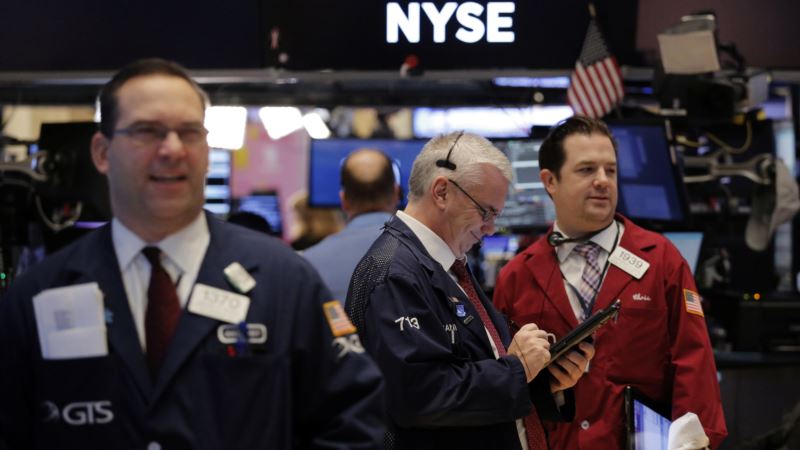U.S. major stock averages closed mixed this week as the Nasdaq led the charge with its sixth record close of 2017, while the Dow Jones industrial average backed away from the 20,000 mark and the S&P 500 closed flat. Fourth-quarter earnings have officially started, with the big banks like JPMorgan, Bank of America, Wells Fargo and PNC reported results Friday morning. Results were mostly positive, although there were some slight misses relative to lofty expectations. But all in all, strong loan growth, higher trading revenue and net interest margin trends were positive. The sector has benefited from rising interest rates, steepening of the yield curve and prospects for deregulation by the Trump administration. Trading week ahead U.S. markets will be closed Monday in observance of the Martin Luther King Jr. holiday. Several Federal Reserve speakers will be on the circuit, including Chair Janet Yellen in California on Wednesday and Thursday on monetary policy and the state of the economy. Consumer, housing and manufacturing will highlight data releases. The world will be watching the inaugural swearing-in ceremony of President-elect Donald Trump and Vice President-elect Mike Pence on January 20. The ceremony will begin at 9:30 a.m. ET, with opening remarks at 11:30 a.m. and the swearing in at noon by U.S. Chief Justice John Roberts Jr. Earnings calendar Financials and technology, the two largest components of the S&P 500, will dominate the earnings calendar, including one of the most actively traded stocks, Netflix, on Wednesday after the market closes. Consumers love to binge-watch Netflix, and traders love to trade it. “We continue to view Netflix as the internet large-cap with the most upside potential over the next three to four years,” Rob Sanderson, managing director at MKM Partners, said in a research note. “After a challenging and volatile year for the stock in 2016, we see a more favorable setup for 2017 and are expecting a much better year for stock performance.” Other key stocks to watch on the earnings calendar include Morgan Stanley, United Healthcare, CSX, United Continental, TD Ameritrade, Citigroup, Goldman Sachs, U.S. Bancorp, American Express, IBM and General Electric. What happens post-inauguration Strictly looking at historical data, the S&P 500 is weak after a Republican is inaugurated. “Post-election years have tended to see a bounce in the near term after the inauguration, but then there's February,” Ryan Detrick, senior market strategist at LPL Financial, points out. “Looking at all post-election years going back to 1950, February has been down 1.8 percent on average — making it the worst month of the year. It might be the shortest month of the year, but be on the lookout for any banana peels this year." Actual earnings results and forward guidance are always important to the markets. Fundamentally, there are several reasons to be bullish as earnings season continues through February: Economic data continue to improve, consumer confidence is increasing, and earnings estimate revisions have been moving higher. All of these suggest more confidence in corporate health. But the many variables and policy uncertainty around Trump will most likely keep guidance muted until the market gets more clarity. The technical outlook looks bullish as well. Technical analysis is a type of discipline employed by traders and analysts who are interested only in price movements in the market. They use charts and patterns in an attempt to determine direction. “Technical metrics are also reasonably encouraging, with all three major U.S. indices well above their 200-day trend lines and close to new highs,” Brad McMillan, chief investment officer at Commonwealth Financial, said. “With improving sentiment across the board, in consumers, business and investors, and with rising earnings, it's quite possible that the advance will continue.”
US Stock Exchanges Have Mixed Week






